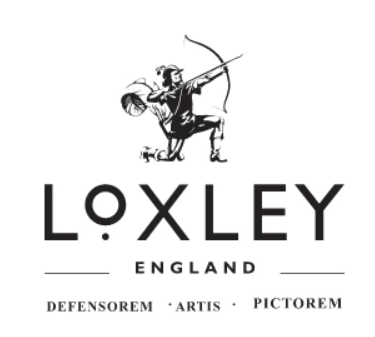The Hidden Meanings of Colour (in art)

Colour has been used for years by many professionals to enhance the environment we live or work in. Colour allows artists to create their own individuality and flare. It can be used to evoke certain moods and emotions or to create a strong message to the viewer.
Through research it has shown that colours have a direct influence on the way we feel, so we can therefore use the correct colours to help us relax and unwind.
The Colour Wheel

Primary Colours
- Red
- Yellow
- Blue
Secondary Colours
- Red + Yellow = Orange
- Yellow + Blue = Green
- Red + Blue = Purple
Tertiary Colours (are combinations of primary and secondary colours)
- Red-Orange
- Yellow-Orange
- Yellow-Green
- Blue-Green
- Blue-Violet
- Red-Violet
Tints & Shades
Tints lighten a colour, but it does not make it brighter. Whereas, Shades darken a colour.
Complementary colours
They are colours opposite each other on the colour wheel.
- Red + Green
- Blue + Orange
- Yellow + Purple
Meaning of Individual Colours
Red
Red is associated with strength, romance, excitement, courage, power, ambitious and impulsive. Pale pinks are warms, peaceful colours and go well with greens. Whereas, red can mean threat or danger and used for fire engines, stop signs and traffic lights. Studies have shown that when artists use a lot of red in their paintings, it suggests they may be trying to communicate their passions or create a high energy vibe to their piece.
Orange
Orange combines both the warmth and heat of red with the happiness and joy of yellow. It is an energetic, youthful colour which creates elements of vibrancy and fun. Orange is known to stimulate the brain and produces mental activity and oxygen. It is also used to remind people of health and vitality, like vitamin C. Studies suggest that if an artist uses heavy orange tones in their work, they may be exploring the idea of creativity or creating a high energy, enthusiastic feel.
Yellow
Yellow creates feelings of hope, happiness, positivity and wisdom. It also evokes an optimistic sense of well being and indicates everything is ‘okay’. However, yellow can be considered as light-hearted and childlike. When artists use a lot of yellow in their work, it might suggest they are experiencing a happy time in their life and they are feeling optimistic and positive about life.
Green
Green is associated with harmony, security and balance. It has a calming effect, creating a sense of peace, hope, and modesty and represents growth and renewal. When an artist uses heavy tones of green in their work, this may suggest that they are communicating a sense of peace or wealth. Often, they may be creating a piece of work that resonates with nature.
Blue
Blue is a calming colour that is associated with intelligence, wisdom and responsibility. It is the most popular colour in the world. When artists use blue in their work it can result in a number of different outcomes. They can either use blue to communicate sadness or to create a tone of clarity and peace.
Purple
Purple is a regal colour, which is associated with dignity, wealth and mystery. Paler shades of purple are restful and serene, whereas, darker shades can make it harder to focus. Artists may use purple in their work to communicate luxury, wealth and royalty. However, purples can be tiring to look at and cause frustration.
White
White symbolizes cleanliness, safety and purity. It also associates, innocence, youth, perfection and means simplicity and freshness. Often in paintings white can make other colours look chalky and lifeless, so it is important to use it sparingly.
Black
Black symbolizes secrets, mysteries and gives us a feeling of the unknown. It can also symbolize elegance, wealth, power and restraint. Black is one of the boldest and most powerful colours, so it is sometimes used in art to create a dramatic effect, especially when against a white background. It can make the painting or photograph more striking.


![How to Varnish a Painting [Professional Tips]](http://loxleyarts.com/cdn/shop/articles/how-to-varnish-a-painting_c34f75bb-5279-4b2b-9e74-50950931776d.jpg?v=1762921912&width=1080)
